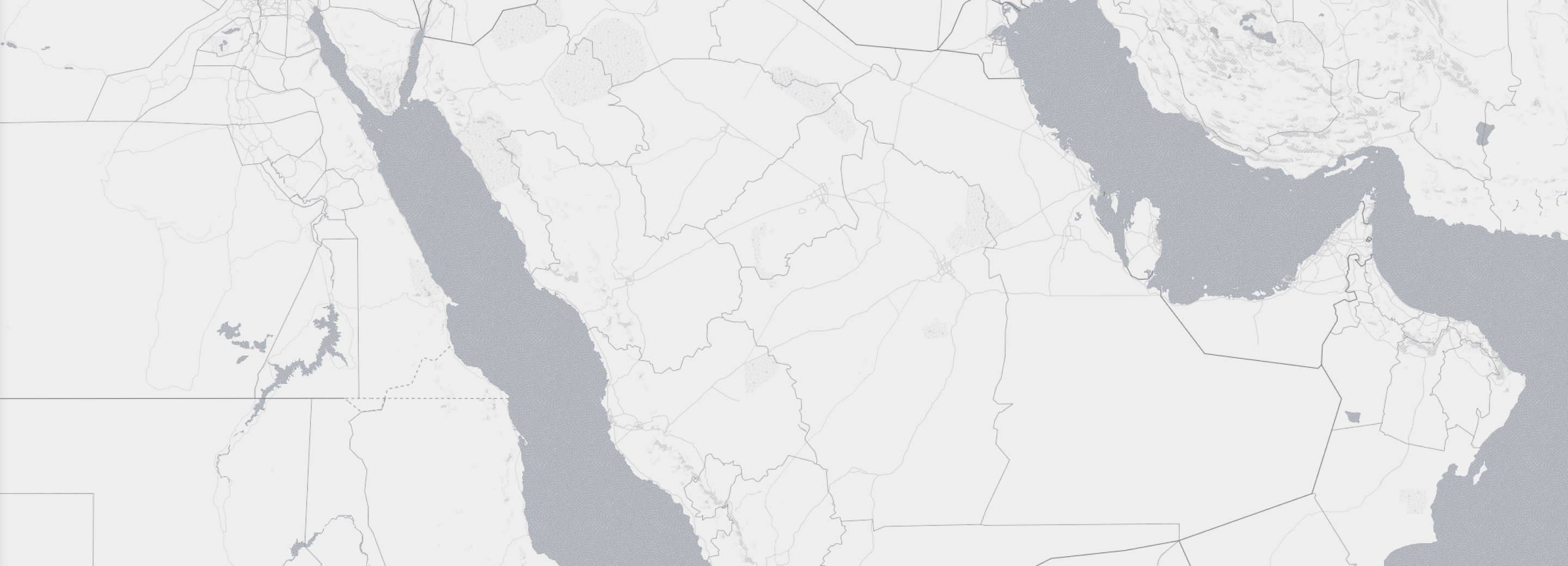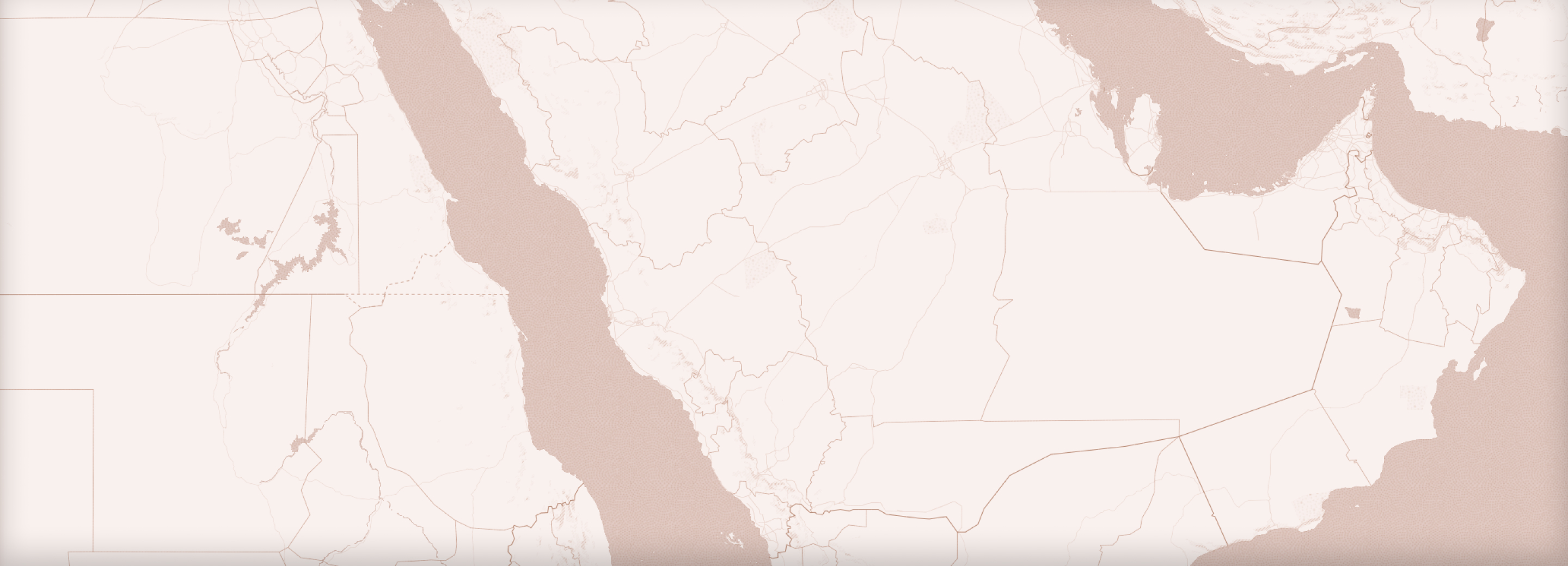
AlUla Saudi Arabia:
Star quality
The Gulf region’s first Dark Sky Park offers a journey through time, science, and the stars. Ancient stargazing traditions meet cutting-edge astronomy in AlUla.
Since the earliest days of recorded history, people have looked to the heavens not just for wonder, but for wisdom - to track seasons, guide rituals, and navigate vast distances. Over two thousand years ago in northern Arabia, the nomadic Nabataeans carved their legacy into sandstone cliffs and rock outcrops, guided in part by the stars above.
Ancient celestial observations laid early foundations for the scientific advancements in astronomy during the Islamic Golden Age, when medieval scholars expanded our understanding of the cosmos.
Of the more than 200 stars in the sky with Arabic names, two - AlUla Borealis and AlUla Australis - reflect a place that continues to honor that timeless connection.
Written in
the stars
Nestled in a desert oasis in northwest Saudi Arabia, AlUla is home to Hegra, the most
significant Nabataean site south of Petra and the country’s first UNESCO World Heritage Site. But it’s not just the past that shines here.
In late 2024, AlUla became the first
location in the Gulf to be named an International Dark Sky Park,
recognized for its exceptional efforts to preserve night skies by keeping them free from light pollution.
It’s no surprise, therefore, that AlUla draws visitors from across the globe in search of first-class stargazing experiences.
Looking ahead, upcoming initiatives are set to place AlUla firmly on the map as a pioneering destination where science will
fuel further discovery, allowing for even greater connection to our sky-borne heritage and even more immersive visitor experiences.
Astronomer Gary Fildes, senior observatory manager at AlUla Manara, played a key role in securing Dark Sky designation for both AlUla
Manara and Gharameel - placing Saudi Arabia among just 22 countries actively working to preserve natural night skies in conservation areas.
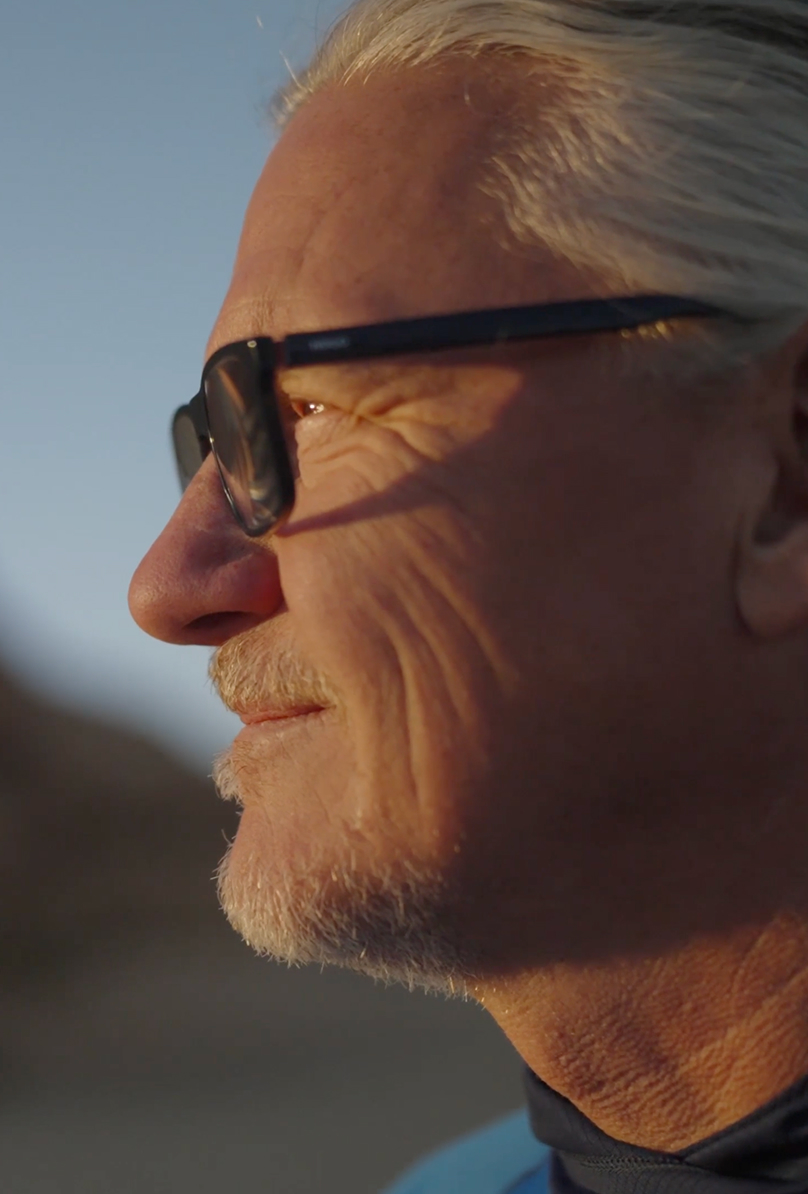
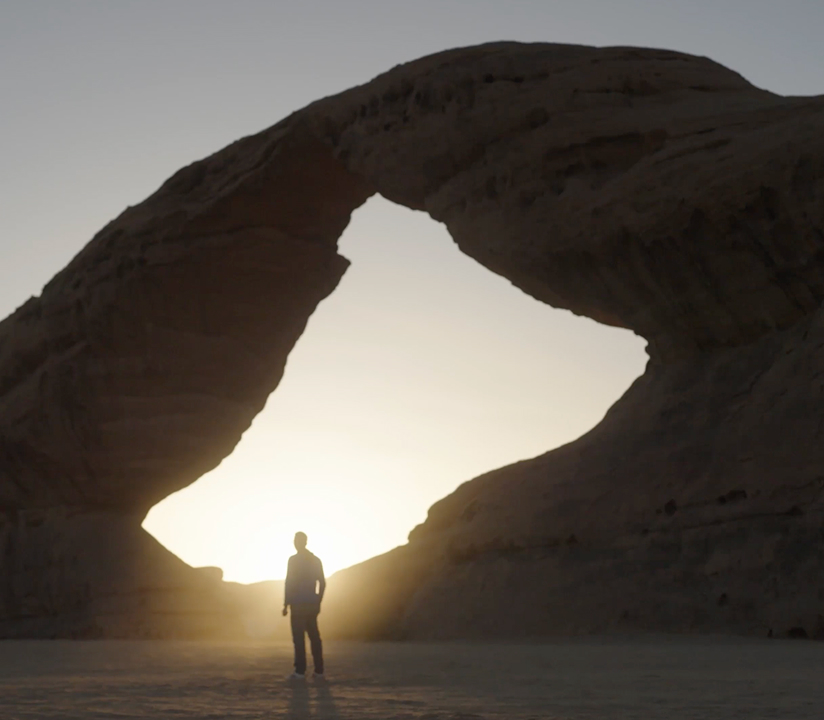
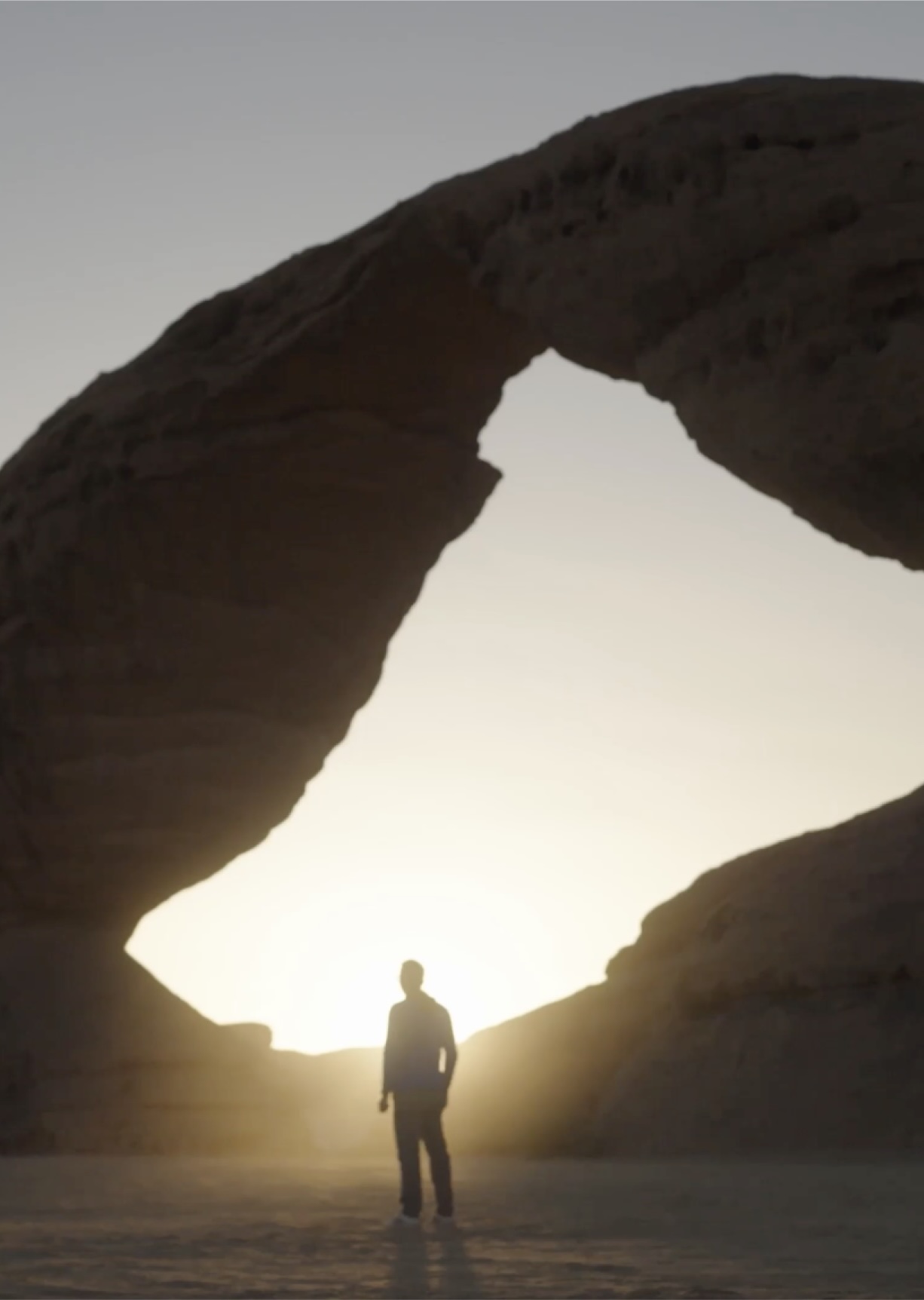
The nine-month review process included an exhaustive audit of outdoor lighting to ensure compliance with both international standards and AlUla’s own lighting guidelines, developed to support future astrotourism destinations nationwide.
Gateway to
the universe
Currently in the design phase, with development expected to commence in the coming years, AlUla Manara forms part of broader plans from the Royal Commission for AlUla (RCU) to preserve and elevate the region, with the project supporting RCU’s mission to establish AlUla as a pioneering destination in astrotourism and celestial discoveries
Fildes is hopeful the story won't end there, emphasizing that the vision goes beyond stargazing. The aim is to engage local communities, boost astrotourism, and nurture a new generation of Saudi scientists. “We need to get involved in space research, introduce local scientists into the international community in astrophysics, and launch Saudi Arabia to the stars and beyond,” he adds.
Beyond celebrating the beauty of the night sky, AlUla’s Dark Sky efforts also benefit wildlife conservation and sustainable tourism. These initiatives align with RCU’s long-term goal to increase what is already 50% protected reserves up to 80%, in cooperation with the International Union for Conservation of Nature (IUCN) - a target that supports the Saudi Green Initiative and its focus on biodiversity and ecological preservation.
Celestial
encounters
With its endless desert skies, minimal humidity, and dramatic landscapes, AlUla offers one of the clearest views of the stars in the world.
At Gharameel, near where AlUla Manara is located, visitors can stargaze beside surreal rock formations while enjoying dinner under the Milky Way. In the Sharaan National Park, dramatic sandstone mountains create a natural amphitheater for stargazing, while gentle night hikes along a four-kilometer trail lead to panoramic views beneath a brilliant night sky.
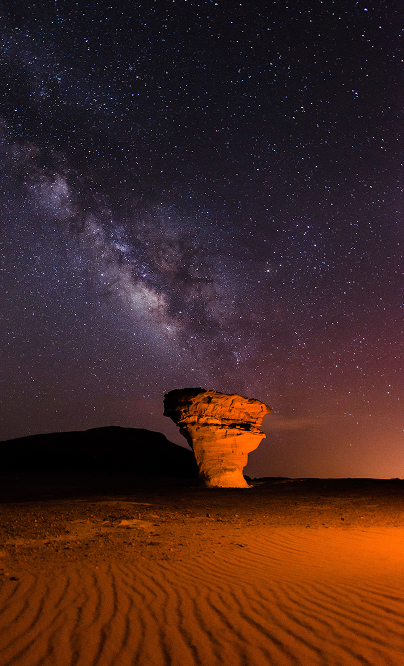
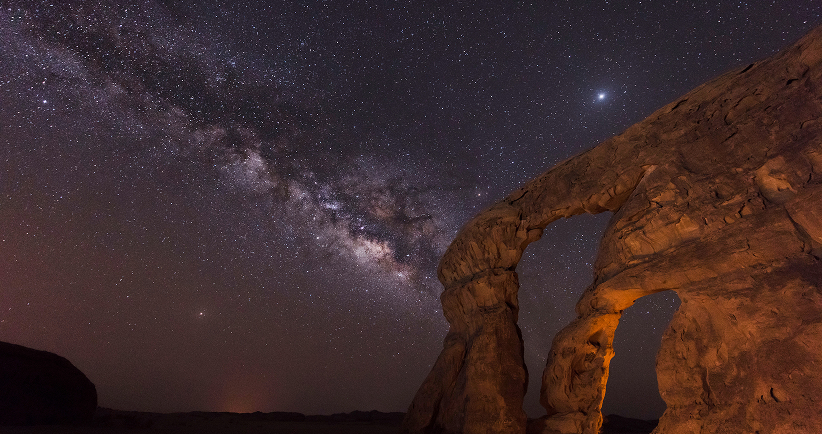
Travelers can also enjoy a Bedouin-style picnic under the desert sky, complete with local music and traditional dishes, or take in a guided astronomy experience led by experts who share the cultural significance of the constellations in Arabic tradition. At Hegra After Dark, Saudi Arabia’s ancient past comes alive with theatrical performances, horse-drawn carriage rides, and an immersive nighttime journey amongst its over 100 remarkably intact tombs and monuments.
